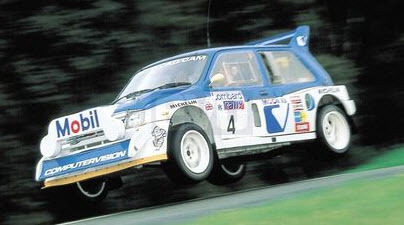|
|
|
Jun 23, 2018 23:05:26 GMT
|
From "TOYODA" to "TOYOTA" 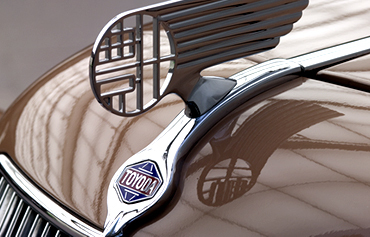 Toyota originated from the family name of the founder, "Toyoda", with early vehicles produced by the company originally sold with a "Toyoda" emblem. In 1936, the company,in an effort to move the company away from an independent, family-owned business to a full corporate enterprise, ran a public competition to design a new logo, which lead to a change in the brand name to what is now called "Toyota". Out of 27,000 entries, the winning design used the Japanese katakana letters ‘to’, ‘yo’, and ‘ta’ to spell ‘Toyota’. The name change was primarily based on “jikaku” (numerology that associates good/bad fortune with the number of brush strokes in a name): instead of 10 brush strokes in the family name, ‘Toyota’ in katakana only used eight, which was the number of wealth and good fortune. Hence, the name was officially changed. You could say the resulting success was a “stroke of luck!” 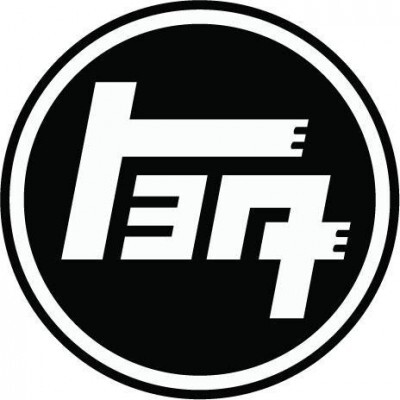 The 3-circle logo that Toyota currently uses dates back to 1989, though it did not appear on any products or in advertising until the following year. One of the reasons why the logo was made was to celebrate Toyota’s 50th anniversary. The two smaller circles within the larger circle form the letter “T”. This represents “Toyota”, along with “trust” between the brand and the driver. The larger circle completes the look and symbolizes technological innovation and globalization. 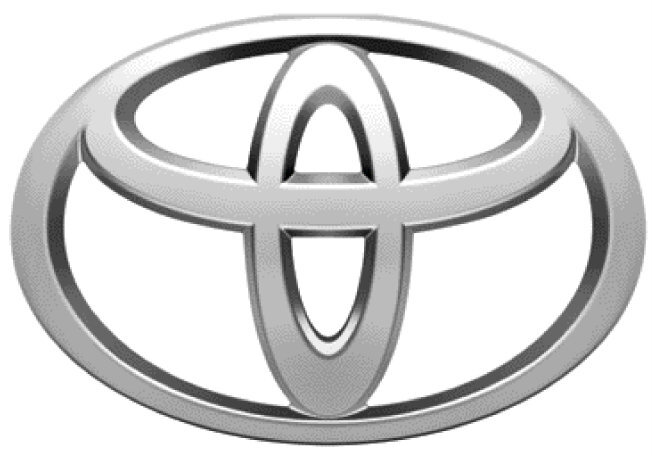 |
| |
|
|
|
|
|
|
|
Jun 24, 2018 15:44:34 GMT
|
We might struggle to move on from that... ...but I found a way. Not many car manufacturers have changed their name, while remaining the same firm. Plenty have been bought over, amalgamated, merged - Mercedes-Benz, Audi, Peugeot-Talbot... but, one that did, was the company formerly known as S.S. Cars. Contrary to common belief, S.S. did not stand for Swallow Sidecars, but, as co-founder William Lyons confirmed late, it was Standard Swallow that gave it's initials to the coachbuilding venture. Swallow Sidecars was a trading name used by Lyons and the other co-founder Walmsley to build sidecars, from 1922 on. In 1927 they started coachbuilding bodies to put on to Austin and Wolseley chassis. They also used Fiat and Standard. In 1929 Standard collaborated with Swallow coachbuilding to make the "First SS". They built the SS 1, SS 2, and SS 90 through the 30's. Under criticism for being slow, they developed a 102bhp OHV engine based on the standard Standard side-valve, and released the SS Jaguar 2 1/2 Litre. This was the name Jaguar's first use, and it was as a model name on the fast saloon which was their first all steel body, not a coachbuilt wood frame car. The famous SS Jaguar 100 followed. That was the first time Jaguar was used as a makers' name. And to quote: On 23 March 1945 the shareholders in general meeting agreed to change the company's name to Jaguar Cars Limited. Said Chairman William Lyons "Unlike S.S. the name Jaguar is distinctive and cannot be connected or confused with any similar foreign name." So here's one of those 1938-1939 SS Jaguar cars, where the name first appeared before it changed to the one we all know today.  |
| |
|
|
|
|
|
Jun 24, 2018 22:59:06 GMT
|
From Jaguar, let's follow the 'Big Cats' theme and go to.... Nissan yet again? Ok, then, I'll resist this time but do check out the Nissan Leopard if you're not already familiar. Instead, and just because it links the previous three cars posts above, I'll take this to the Panther Solo - how times have changed because now we're taking a Japanese car and 'borrowing' some ideas from it, since the Solo was commissioned by the head of Panther at the time to look and feel similar to the Toyota MR2. 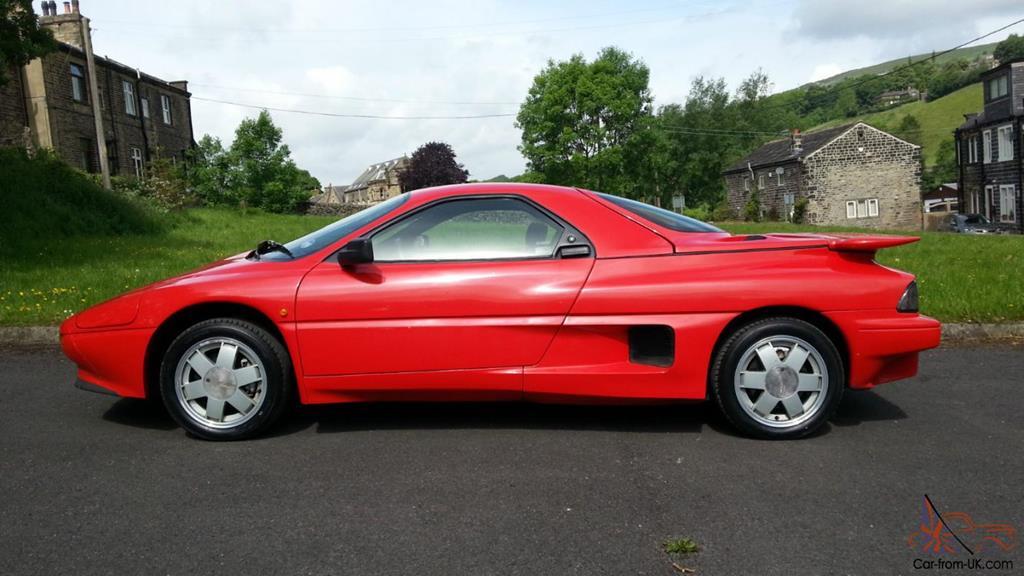 |
| |
Last Edit: Jun 24, 2018 23:00:04 GMT by marky2202
|
|
|
|
|
Jun 24, 2018 23:43:48 GMT
|
The car above (Panther Solo) is related to this..  The Ford Sierra Sapphire Cosworth. The later Panther Solo's (there was only a total production run of around 25 of both phases of Solo's) used a YB cosworth engine, as found in the Sierra Sapphire Cosworth at the time (1989-1990). The Panthers were also 4x4 and used parts from Sierra XR4x4's. |
| |
1951 Ferguson TED 20 / 1988 Ford Sierra Sapphire 2.0
1990 Isuzu Bighorn 2.8 Irmscher R / 1991 Pajero 2.5 SWB
1991 Vauxhall Carlton GSI3000 / 1991 Toyota Corolla van 2.2TD
1992 Toyota Corolla 1.6 GTI / 93 Ford Granada Scorpio Cosworth
1994 Toyota Corolla GXI / 1995 Toyota Corolla 1.6 Si
1995 Nissan Vanette / 1997 Toyota Starlet 1.5td Glanza
1997 Toyota Carina E saloon / 1998 Toyota Carina 2.0 Exeuctive
|
|
|
|
|
Jun 25, 2018 12:40:26 GMT
|
you could literally go anywhere with cosworth, but as its relevant to my interests cosworth YB above, to cosworth KB synonymous with ford but not exclusive to in the early years, cosworth made development cylinder head for opel family 2 OHC engines in 1987, destined for various front wheel drive engine bays and designated by themselves as the cosworth KBA. opel are dismissive of this ground work as their own advanced engine design team tweaked it for mass production, packaged it with tonnes of extremely thorough technology (for a mass produced engine at the time). the partnership / confusion was further sullied by the fact cosworth themselves were casting, finishing and assembling the heads for early astras and cavaliers. the engine was designed from the outset to be turbocharged and normally aspirated, the only internal difference to both being the pistons (dished on turbo variant) and the camshafts (less duration and lift on turbo variant) 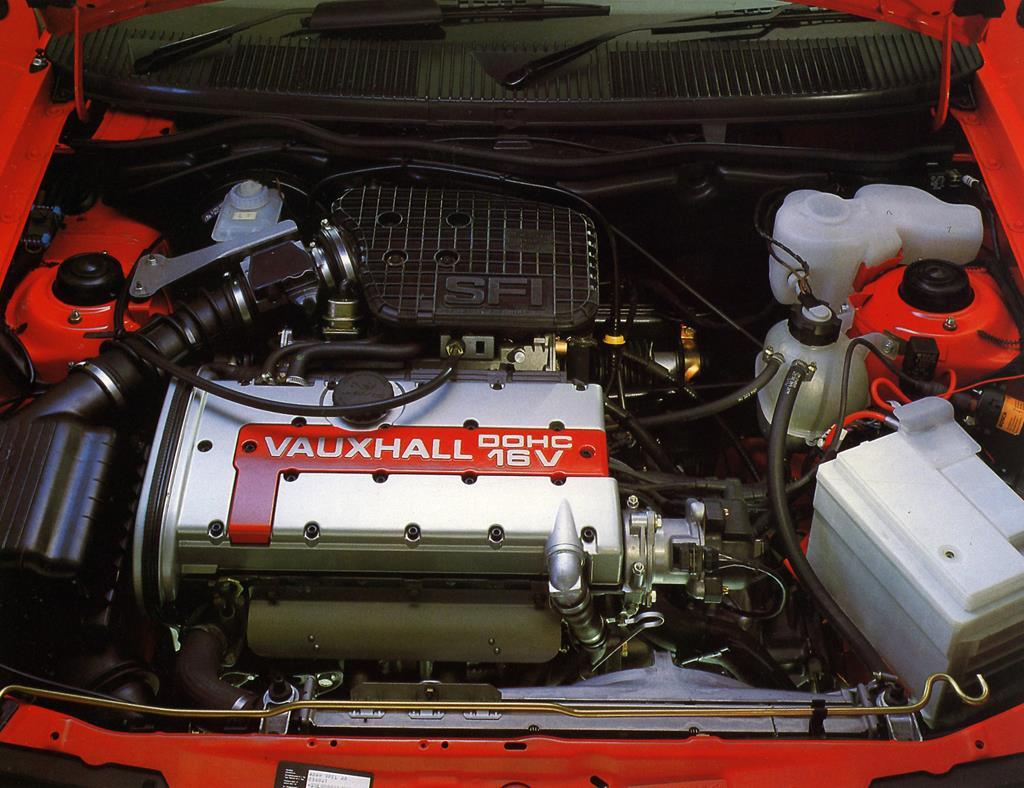 just to keep it inline with the thread title, the first recipient car of the above tenuous link is....mk2 astra gte 16v in may 1988 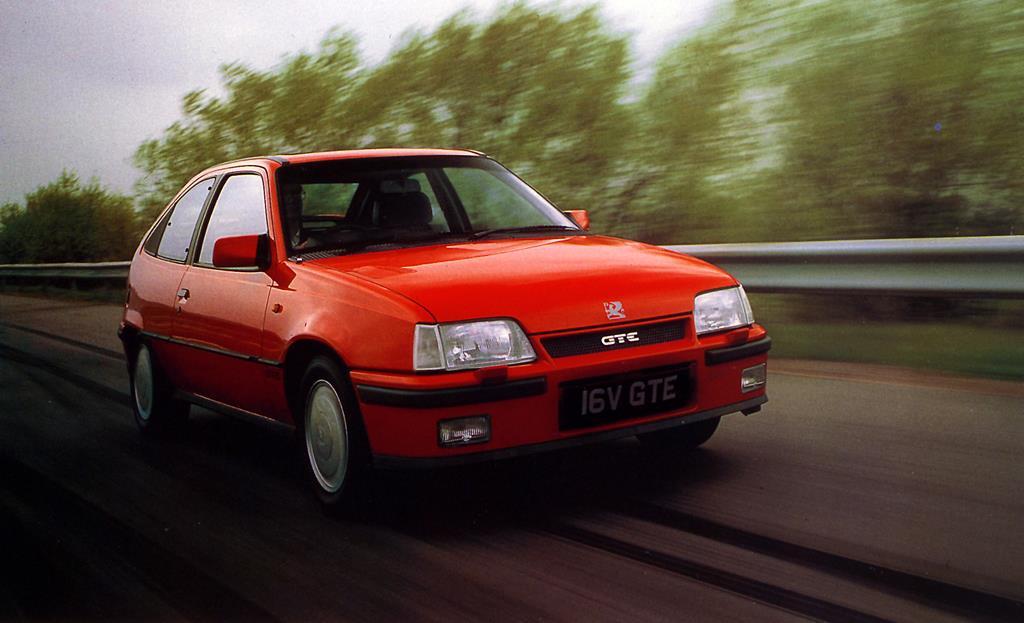 |
| |
Last Edit: Jun 25, 2018 12:44:28 GMT by darrenh
|
|
|
|
|
Jun 25, 2018 12:44:11 GMT
|
You see those side-repeater indicator lamps on the wing of the Cossie? They also appeared on the front of this... 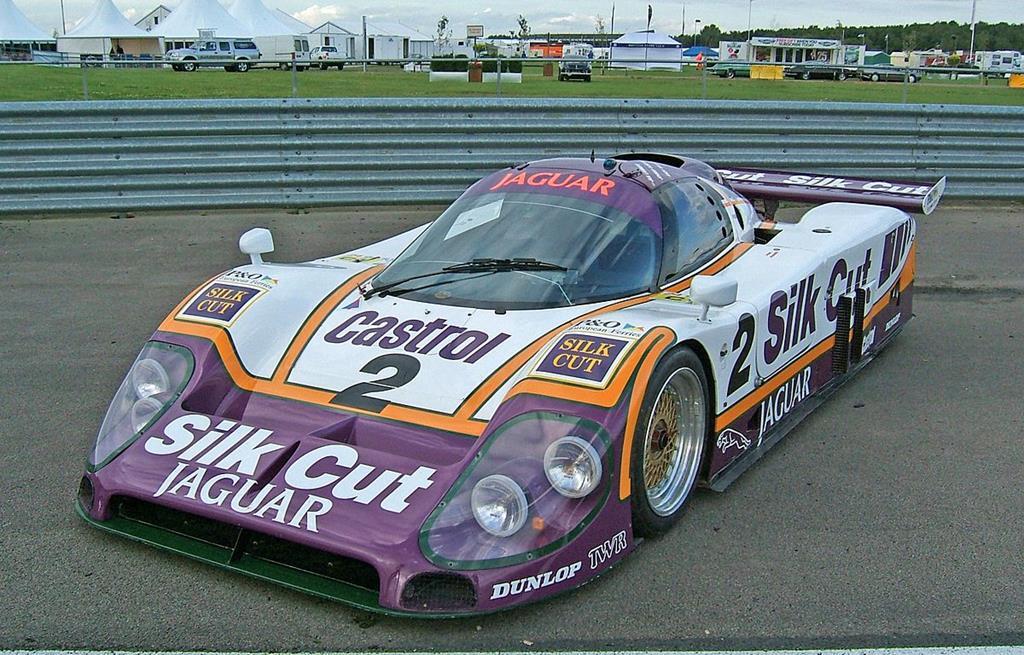 1988 Le Mans Jaguar XJR-9 |
| |
|
|
|
|
|
Jun 25, 2018 12:47:18 GMT
|
|
oops, two posts at the same time, but at least I can now say that the Jaguar raced at Le Mans in the same year as the Astra GTE was launched... ie 1988
|
| |
|
|
|
|
|
|
|
This relates to your thread "Jaguar raced at Le Mans in the same year as the Astra GTE was launched... ie 1988" 1988 was a big year in the automotive world; In October 1988 introduced "Wartburg" it's first 1.3 four-stroke, four-cylinder engine as also used in the second generation Volkswagen Polo, instead of the original 1-litre, two-stroke, three-cylinder unit found in the 353. 1988....a big year hey  |
| |
|
|
|
|
|
|
|
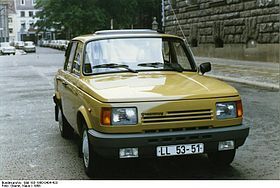 Isn't this a beauty!! |
| |
|
|
|
|
|
Jun 26, 2018 13:39:12 GMT
|
That original 1 litre two stroke 3 cylinder that the VW engine replaced was used as a basis for the powerplant in the Melkus RS 1000:  |
| |
|
|
|
|
|
Jun 26, 2018 20:36:36 GMT
|
Apparently the Barkas B1000 uses the same clutch as the Melkus... Who knew?   |
| |
|
|
|
|
|
Jun 28, 2018 12:13:00 GMT
|
That makes sense as it used the same 1 litre two stroke as the Wartburg & RS1000. It also followed the Wartburg in using the VW-licensed 1.3, and in the 80's they began installing the Ford Endura-D 1.8 Diesel also found in the Mondeo, among many others: 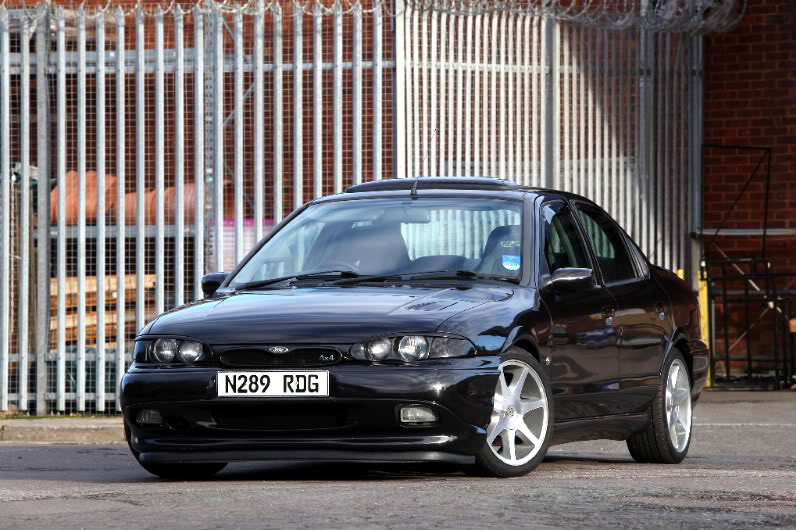 |
| |
|
|
MiataMark
Club Retro Rides Member
Posts: 2,971
Club RR Member Number: 29
|
|
Jun 28, 2018 13:25:55 GMT
|
A Mondeo one of which was famously crashed by Nigel Mansell in a BTCC race (at Donnington?), Mansell won the F1 world championship with Williams who helped to develop this
as driven by that other mustachioed driver Tony Pond
The other Williams link being that they also developed the Renault Laguna BTCC cars. |
| |
1990 Mazda MX-52012 BMW 118i (170bhp) - white appliance 2011 Land Rover Freelander 2 TD4 2003 Land Rover Discovery II TD52007 Alfa Romeo 159 Sportwagon JTDm
|
|
|
|
|
Jun 28, 2018 14:56:47 GMT
|
6R4 used lucas micos fuel injection, which was also used on the prototype group S vauxhall astra 4x4, with a supercharged manta400 2.4 16v engine 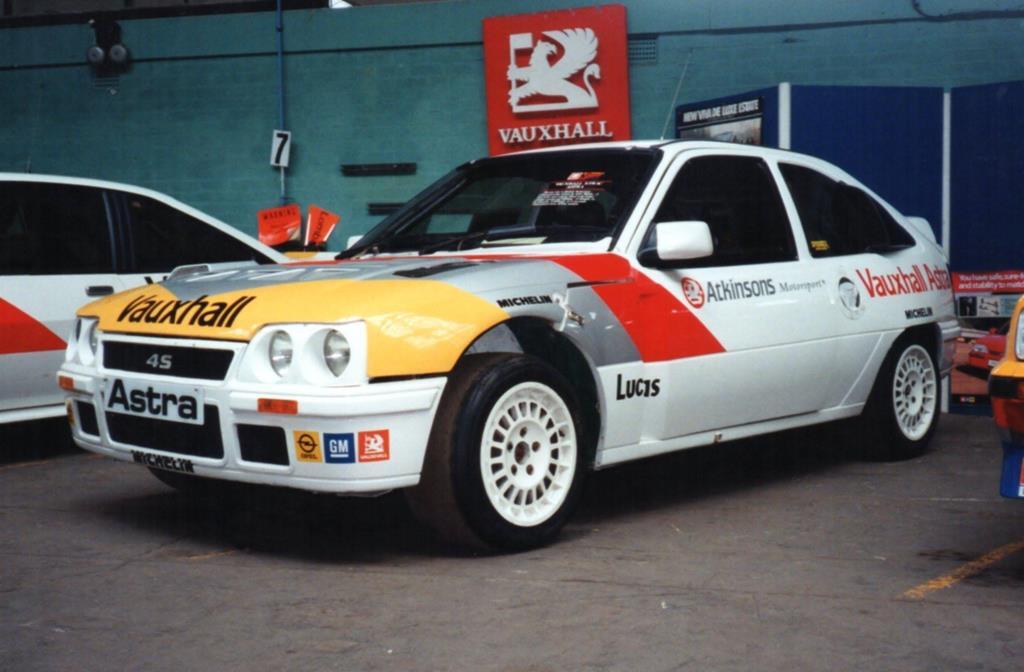 |
| |
Last Edit: Jun 28, 2018 14:58:07 GMT by darrenh
|
|
MiataMark
Club Retro Rides Member
Posts: 2,971
Club RR Member Number: 29
|
|
Jun 28, 2018 17:21:08 GMT
|
Which got me looking at Group S cars, like the Lancia ECV an evolution of the Lancia S4, but with a carbon fibre and aluminum chassis and a twin turbo 600bhp engine 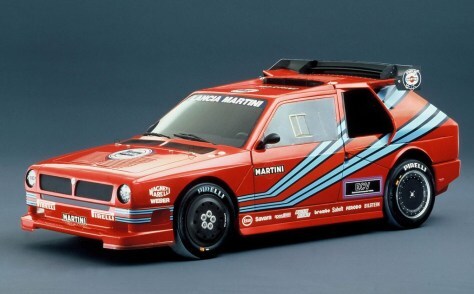 |
| |
1990 Mazda MX-52012 BMW 118i (170bhp) - white appliance 2011 Land Rover Freelander 2 TD4 2003 Land Rover Discovery II TD52007 Alfa Romeo 159 Sportwagon JTDm
|
|
|
|
|
Jun 28, 2018 17:51:35 GMT
|
...Bringing us naturally to the first composite monocoque...  |
| |
|
|
ToolsnTrack
Posted a lot
   Homebrew Raconteur
Homebrew Raconteur
Posts: 4,129
Club RR Member Number: 134
|
|
|
|
A car famously owned by Rowan Atkinson, along with this 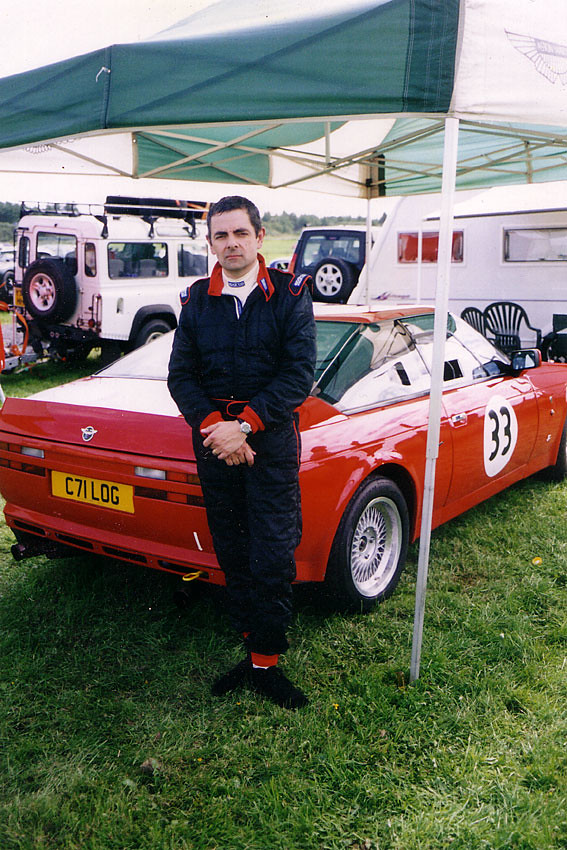 Aston Martin Zagato |
| |
|
|
|
|
|
|
|
Ah, Zagato...among the many polarizing styles they were responsible for, their principles of lightweight and unconventional styling were consistent, even when applied to less extreme original concepts...not that the Bristol 406 could be described as "normal" to begin with... 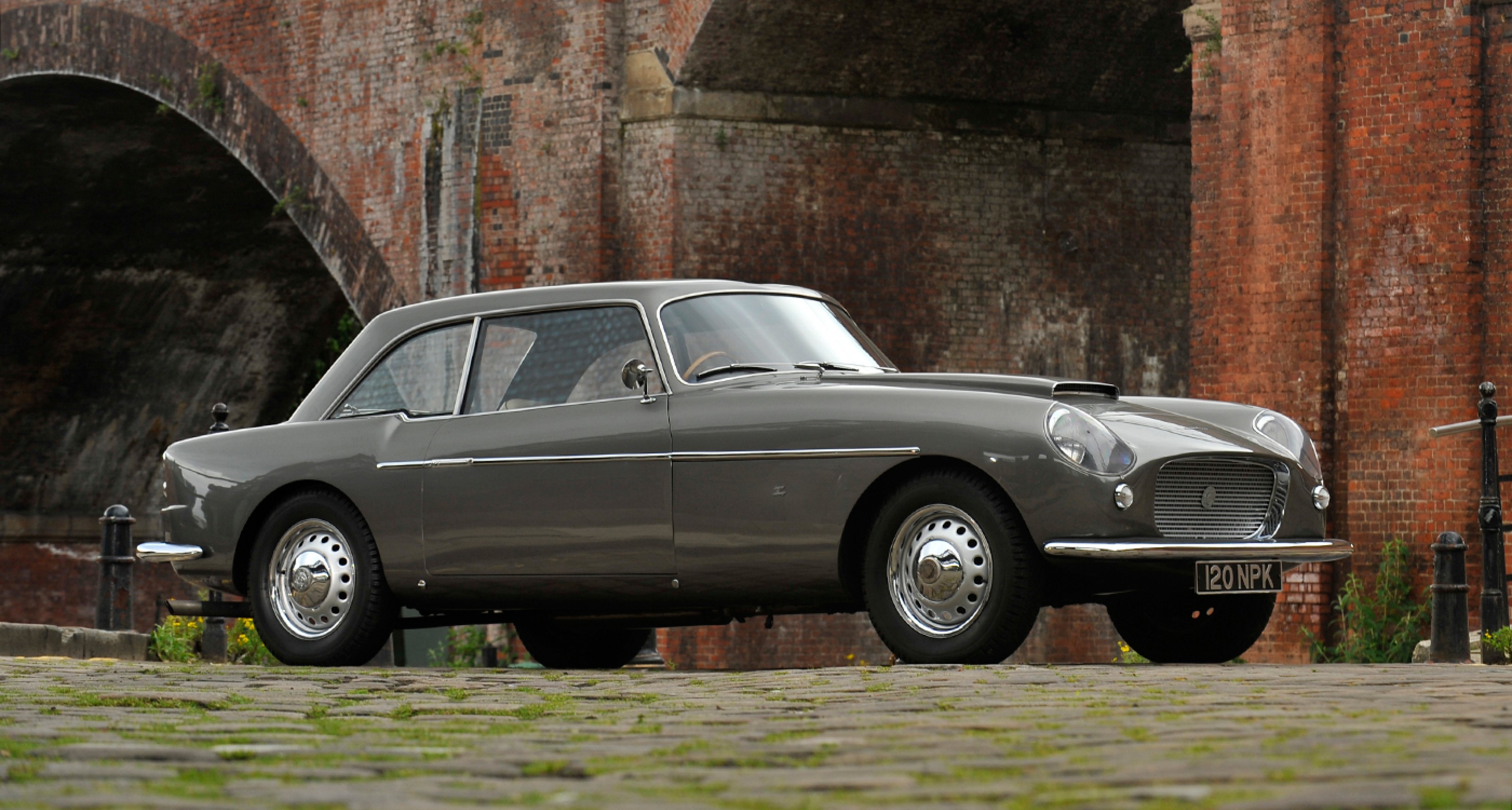 |
| |
|
|
vulgalour
Club Retro Rides Member
Posts: 7,286
Club RR Member Number: 146
|
|
|
|
Some Bristols had the spare wheel mounted behind the front wheel, the lower portion of the wing is hinged at the trim line. It's clever, and elegant. Cadillac did a similar thing in 1981 with their Opera Coupe. Cadillac were not particularly elegant about it.  |
| |
|
|
|
|
|
|
|
Cadillac were not the only manufacturer to name a car after an internet browser. Quite aware that it was long before "the internet" was around (although invented) - but setting aside the mythical Renault Firefox (which I just made-up), and I'm not even going to search for "chrome car", I give you the Ford Explorer: 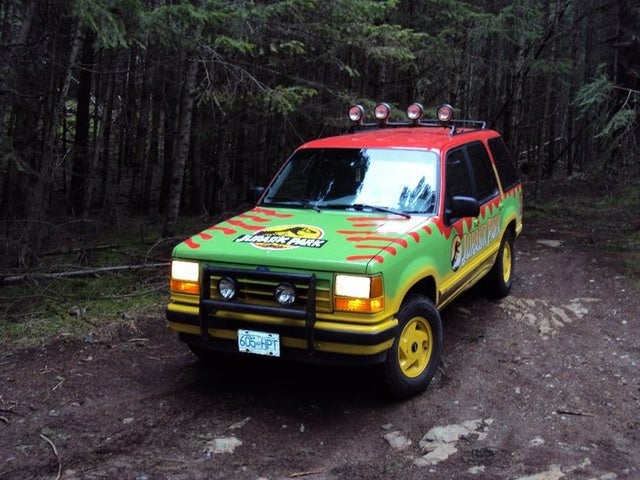 I've given it to you in a particularly easy form to relate to if you get stuck, but hopefully someone will find a more unexpected link. |
| |
|
|

























